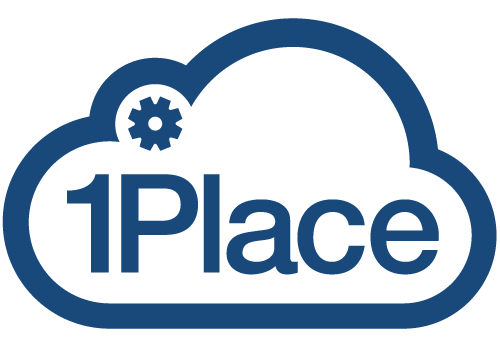A recent article from Cloud Tech raised a few pointed questions for ’embrace only the cloud’ strategies and the long term future of Public Cloud provision without any retention of on-premise systems.
What is also concerning is the old Donald Rumsfeld quote of ‘known unknowns.’ What is apparent for many organisations when deciding to move to the cloud is that the major cloud providers don’t commit to or publish their service provision statistics (Known Unknowns). Customers therefore can’t know what the uptime and potential availability will be provided? It could be 99%, 99.99%, 99.999%+ more or less.
With Banking Governance covering service availability as a key foundation of banking provision, it is understandable that the Banks and the Prudential Regulation Authority (PRA) is more than a bit jumpy. There is a risk that a major outage in a single provider or a contagion event, knocking out two or more of the major cloud providers, would mean that banks were at the mercy of customer flight, significant consumer banking fines, increased business to business trading costs or a share price plummet. All of these scenarios are very real and potentially financially catastrophic. Even if there is a slim chance of these happening it will be keeping both the Executives at the banks and the PRA awake at night.
So is it towards cloud and back again? or forwards?
The majority of Hybrid Cloud configurations focus on a dual configuration, with an on-premise private cloud connected to a single public cloud provider (e.g Amazon, Azure, Google). Whilst most of the recent cloud migrations have delivered non-critical database and application migrations, many organisations have retained their Tier 1, mission-critical applications and systems onsite. Typically data flows between the two environments are managed as separate entities and not in real-time, with many clouds operating as offsite storage centres.
The answer I believe, is that to maintain future growth and for organisations to remain competitive, they will need to and should deploy Multi-Cloud configurations with some on-premise capability that can flex depending upon what disaster strikes, where and when. How? by using Real-Time data synchronisation and management to keep business-critical applications up and running using multi-cloud platforms. This will mean that data can be captured and managed as a single entity rather than having individual technology siloes of unsynchronised data.
I am not for one moment suggesting this would be a trivial configuration or that significant investment and planning wouldn’t have to be undertaken to achieve. However, there are already cloud-native tools that support multi-cloud management, platform provisioning, automatic scaling and flexing resources to meet demand.
The big question is where can you find a Multi-Cloud, Real-time Data Migration and Management Tool?

Steve is a Cloud Migration Software Consultant at 1Place(UK & EMEA). You can connect with him at steve@1place1cloud.com



Recent Comments